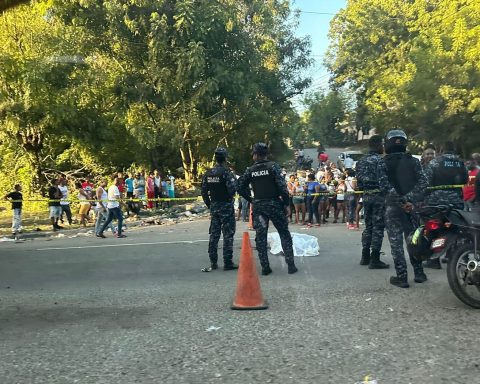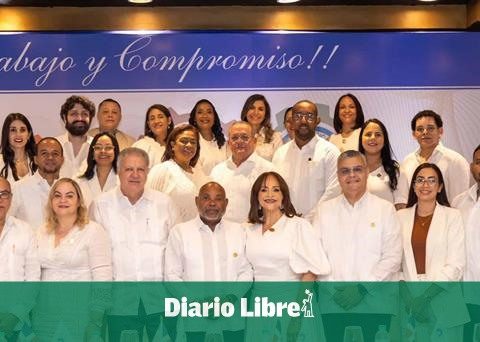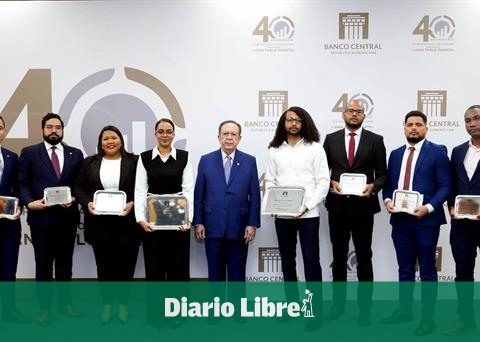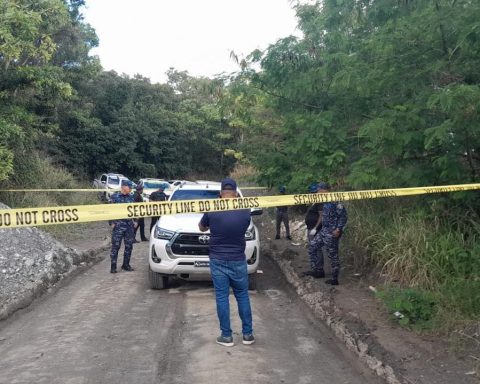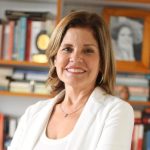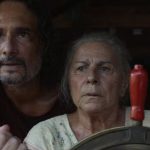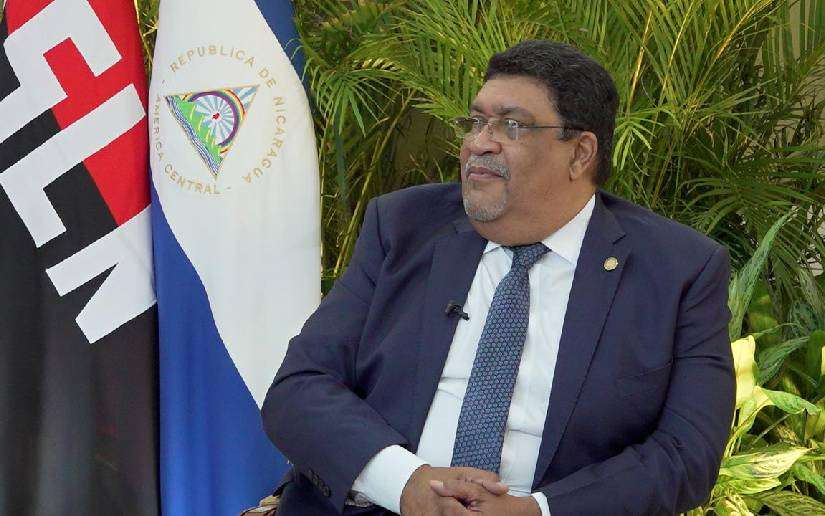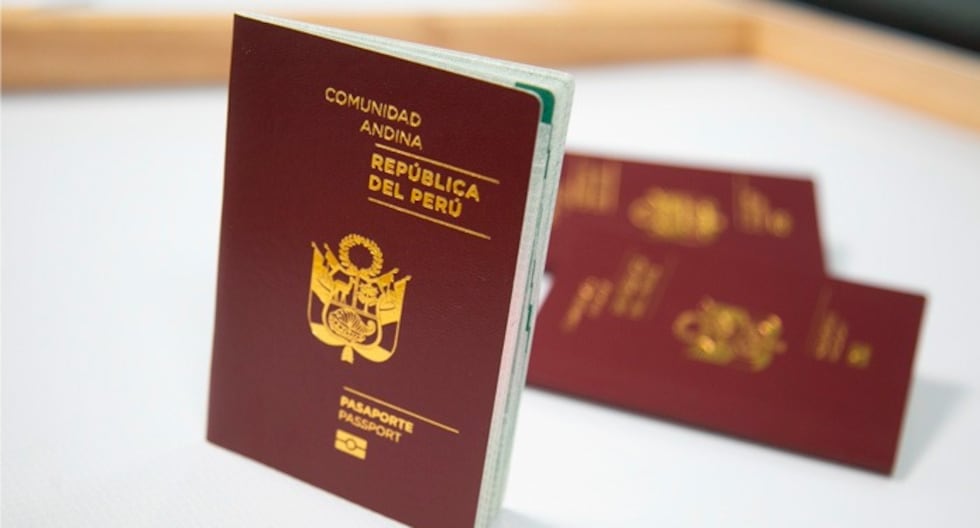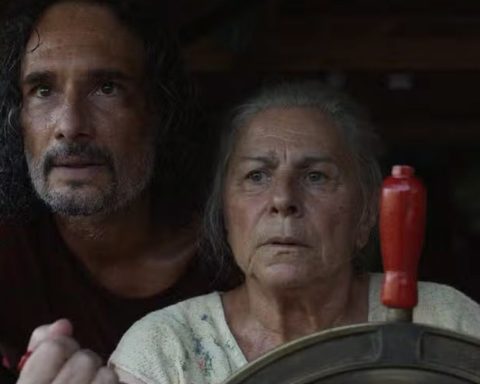Jorge A. Figueroa Irizarry
General Curator Division of Historical Heritage Autonomous Municipality of Ponce PhD Caribbean History PUCMM
[email protected]
In the first stage of Spanish colonization in Puerto Rico, the distribution of the Ponce de León manorial lands in the south of the island led to the founding of towns, such as the officialization of Nuestra Señora de Guadalupe de Ponce, between 1670 and 1692. Before its founding stage, the cattle ranch and later site of Ponce was the center of smuggling activities in the southwest region of the island. Non-Spanish registered vessels bound for the ports of the French, English, Danish and Dutch Caribbean islands made an obligatory stop at the rustic Ponce port in order to establish an illegal exchange of agricultural products and other items with the population. The conversion of Ponce into a town responded to the regulatory measures of the State to maintain control of these lands, port activity and its people. The fire of 1820 that destroyed 3/4 of the town implied an urban renaissance according to the plan of military engineer Alejandro Ordoñez.
The new agricultural incentive laws for white and Catholic immigrants, including the famous Royal Cedula of Grace of 1815, laid the foundations for the economic future of the southern district and the region. From the 1820s, when the port was opened in 1804 and with a franchise for coastal ships, Ponce joined the incipient economic system known as “national seignorial capitalist”, the Ponce district assumed a leading sociopolitical role in the southern region of the country. and the appearance of urban centers changed in response to the requirements of the agricultural production sector. In parallel to the town of La Marina, and on the margins of the so-called Camino Real, numerous sugar plantations emerged, whose landscape was drawn by the greenery of the sugar cane fields, the sugar factories with their chimneys, the mansions of the owning class and the barracks of the enslaved blacks and mulattoes. This space was representative of the plantation system, as Ponce became the main sugar center of the country with over eighty estates and a network of international trade relations. In contrast, the central area of the town was seen as a space that exemplified the power of the church, with the Catholic temple (1839), the military and governmental authority with the Town Hall (1844) and the Infantry Barracks (1864), and the civil authority with the Market Square (1864), a space for meeting and interrelations of civil society.
Between 1860 and 1880, more public works were built than in any other period in the urban development of the city. The expansion plan was implemented (1867) taking as a model that of Barcelona according to the proposal of Félix D’ors, the construction of works such as the Teatro La Perla (1864), the Alfonso XII Aqueduct and the Municipal Hospital (1878),
Just as changes in the urban landscape served as a sign of progress and civilization, a citizenry emerged that “began to shape the inchoative elements of an alternative project for the country.” One of the events that best represented these aspirations was the agricultural exhibition fair of 1882. The main pavilion has been the headquarters of the Fire Department since 1883 and is preserved as a museum and a symbol of the city.
After the American invasion in 1898, Ponce began to experience physical growth, evidenced by the construction of sumptuous residences and warehouses commissioned by the Ponce bourgeoisie, which gave the urban center of Ponce a different appearance. The facades of the new residences and public and private buildings showed the trends of fin-de-siècle modernist architecture, with a marked influence from Barcelona and Paris and designed by the generation of architects and master builders
Between the 1930s and 1980s, the city of Ponce suffered the ravages of the new times marked by the economic crisis in the United States, the effects of international armed conflicts, and the delay in the modernization and industrialization of the country. With the creation of the Planning Board and the Institute of Puerto Rican Culture, a public policy was adopted that promoted the appreciation, rescue, rehabilitation, and conservation of Puerto Rican historical built heritage. Years later, a new regulation was approved for the historic zone of Ponce that combined tradition and the fans of modernity.
In the 1980s, on the initiative of Puerto Rican Governor Rafael Hernández Colón, a program of social, economic and urban revitalization of the city was initiated, known as Ponce en Plan Marcha. The investment was over $400 million, which represented a renovation of the historic area and the implementation of state and municipal regulations for its conservation, which was a model for other municipalities. This public policy earned it and its rescue and rehabilitation project the distinction of being part of one of the eight cities of the American Continent included in the European Route of Modernism, a project led by the Barcelona City Council. The effects of 1918 were again evident in 2019, which caused serious damage to the buildings in the historic center of Ponce. At present, the city is in a rehabilitation stage. The State, the municipality and the federal government have joined forces and economic resources to return Ponce to its lordship. History and city converge as a testimony to its heritage.
Center for Caribbean Studies. PUCMM.

